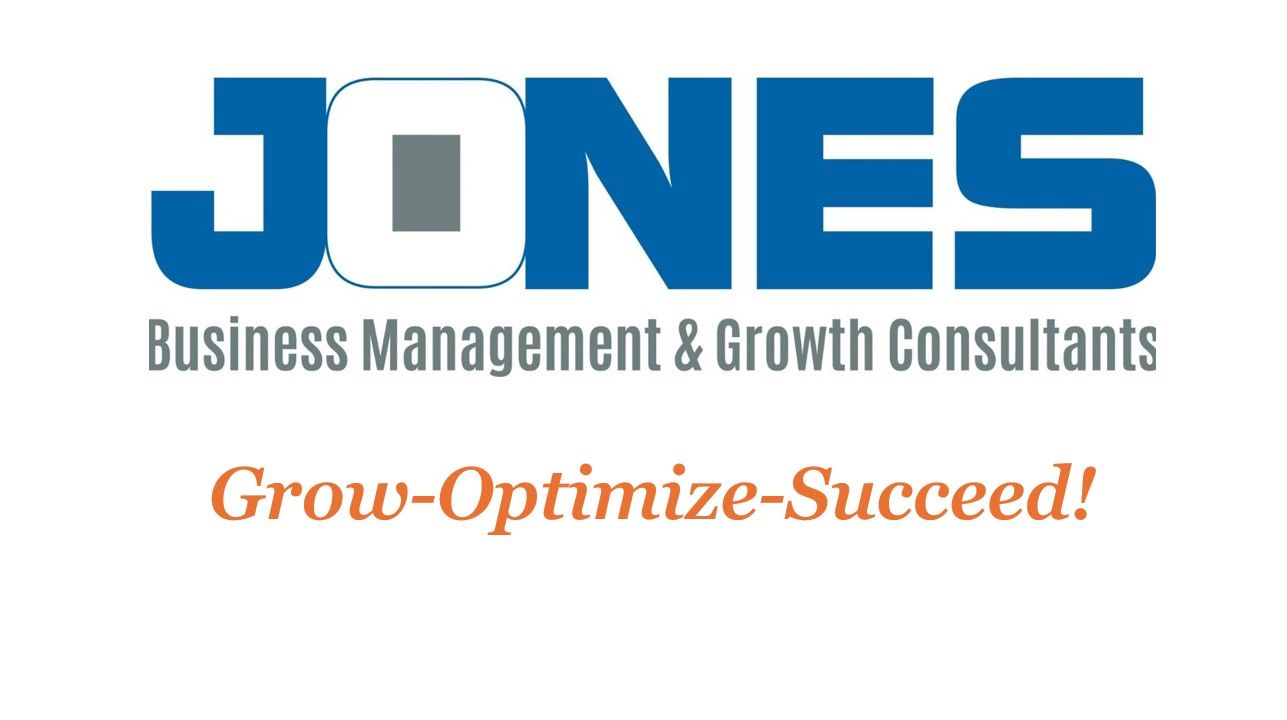Owner to Leader: How to Build a Business That Grows Without You-Part 2
Daniel Jones • December 20, 2024
Hiring for Vision and Values, Not Just Skills

When it comes to building a team, most business owners focus on finding people with the right technical skills for the job. But if you’ve ever hired someone who was great at their work but clashed with your team or failed to meet your expectations, you know that skills alone aren’t enough.
The secret to building a high-performing team that drives your business forward is hiring people who align with your vision and values. These employees don’t just complete tasks—they become invested in the success of your business and take ownership of their roles.
Why Vision and Values Matter
Your vision and values define the culture and purpose of your business. When your team members share these, they’re more likely to:
Stay motivated and committed to doing quality work.
Collaborate effectively with others.
Take initiative and solve problems in ways that align with your goals.
Hiring based on alignment with your vision and values helps avoid common challenges like:
Employees who prioritize their own way of doing things over your systems.
Team members who are disengaged or don’t take pride in their work.
Frequent turnover because of cultural mismatches.
How to Define Your Vision and Values
Before you can hire for alignment, you need to clearly define your vision and values. Ask yourself:
What is the ultimate goal of my business?
What do I believe in as a leader?
What qualities do I want my team to embody?
For example, if your vision is to deliver outstanding customer service, a core value might be attention to detail or empathy. These values will become the foundation for your hiring process.
Hiring for Alignment: Practical Steps
1. Write Job Descriptions That Reflect Your Vision and Values
Your job postings should go beyond listing skills and experience. Highlight what you stand for as a business and what type of person will thrive on your team. For example:
"We’re looking for a team player who shares our commitment to delivering exceptional service and values integrity, reliability, and a positive attitude. If you take pride in your work and want to grow with a company that values its people, we’d love to hear from you."
2. Use Values-Based Interview Questions
In interviews, ask questions that reveal whether a candidate shares your values. For example:
For teamwork: "Tell me about a time you worked with a difficult team member. How did you handle it?"
For integrity: "What does accountability mean to you in the workplace?"
For problem-solving: "Can you give an example of a time you went above and beyond to solve a problem at work?"
Listen for answers that align with your values and show a willingness to grow and contribute.
3. Focus on Attitude Over Experience
It’s often better to hire someone with the right attitude and train them on the skills they need than to hire someone with all the experience but none of the drive or alignment. Look for candidates who are coachable, enthusiastic, and committed.
4. Involve Your Team
Include a trusted team member in the hiring process to get their perspective on how well a candidate might fit into your company culture.
Real-Life Example: Transforming Hiring Practices
David, the owner of a cleaning service, used to focus solely on experience when hiring. He quickly realized that while experienced candidates knew the technical side of cleaning, they often clashed with his team and required constant supervision.
After redefining his hiring process to prioritize values like reliability and teamwork, David started bringing on employees who were eager to learn and committed to his vision. His turnover rate dropped, morale improved, and his business became more efficient.
Start Building Your Ideal Team
Hiring for vision and values takes time, but the long-term benefits far outweigh the effort. A well-aligned team doesn’t just complete tasks—they actively contribute to the growth and success of your business.
Here’s your next step:
Write down your vision and core values.
Update your job postings to reflect these principles.
Prepare values-based questions for your next interview.
Is This Your Struggle? Let’s Talk
If this is an issue you are struggling with, I would like a chance to interview you for a program I am working on. This is not a sales call; this is market research. If you will give me 30 minutes of your time, when we conclude the call I would be happy to give you some free actionable steps you can use to help solve some of your issues.
Schedule here: https://go.thryv.com/site/DanJonesConsulting/online-scheduling?service=0nafyomx1atct78q

Most landscapers track total sales, but sales alone do not tell you if you are winning or losing. You can have a record-breaking revenue month and still come up short on profit. The number that actually tells the truth is revenue per hour — how much your business earns for every production hour you work. Why Revenue per Hour Matters Every business only has so many production hours each week. Those hours are your inventory. When you fill them with low-profit jobs or inefficient routes, you waste your most valuable resource. Revenue per hour measures how efficiently you turn your crew’s time into money. It exposes what your “busy” really earns. What It Reveals Underpriced work : Jobs that seem fine on paper but drag down hourly return. Inefficient routes : Too much windshield time and not enough production. Wasted labor : Crews that take longer than the estimate or lack clear systems. Profit leaks : Jobs that look big in revenue but small in margin. When you track revenue per hour, you start spotting which jobs and services actually make sense — and which ones are quietly draining you. How to Calculate It Take your total revenue for a job, route, or week. Divide it by the total billable production hours your crew worked. The result is your Revenue per Production Hour (RPH) . Compare that to your break-even hourly rate — the amount you need to cover all labor burden, overhead, and profit. If your RPH is not comfortably above that number, the job is not profitable. How to Use It Drop or reprice the lowest RPH clients. Focus your marketing on the most profitable service types. Route for density so drive time does not eat production time. Reward crews that consistently hit higher RPH with efficiency bonuses. This is how smart landscapers grow. They do not just add more clients — they make each hour worth more. Your Next Step If you are ready to stop chasing revenue and start maximizing profit, learn how to track and raise your Revenue per Hour using real numbers. Inside my Pricing Fix Sprint , I teach landscapers how to calculate their break-even rate, identify profit leaks, and make every job count. 👉 Join the Pricing Fix Sprint here and start making every hour work harder for you.









